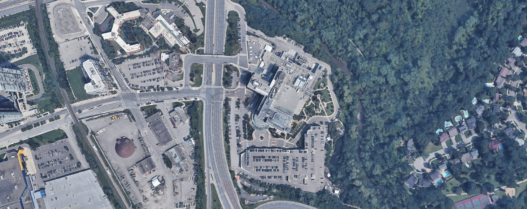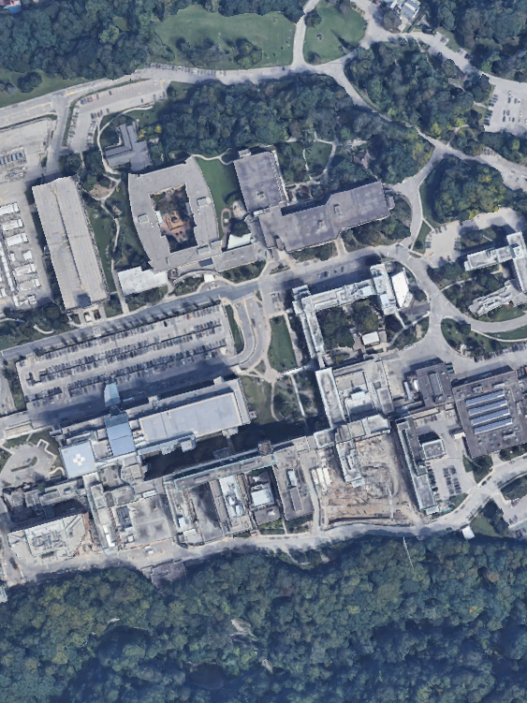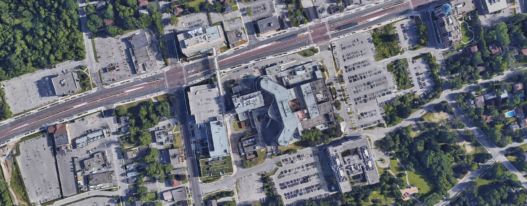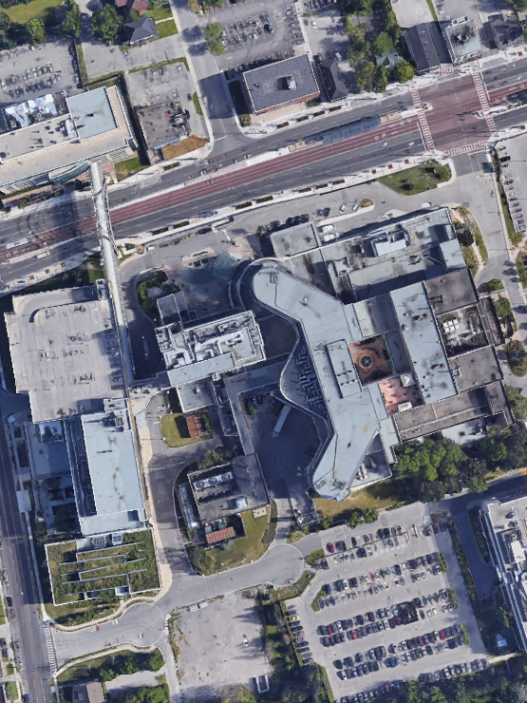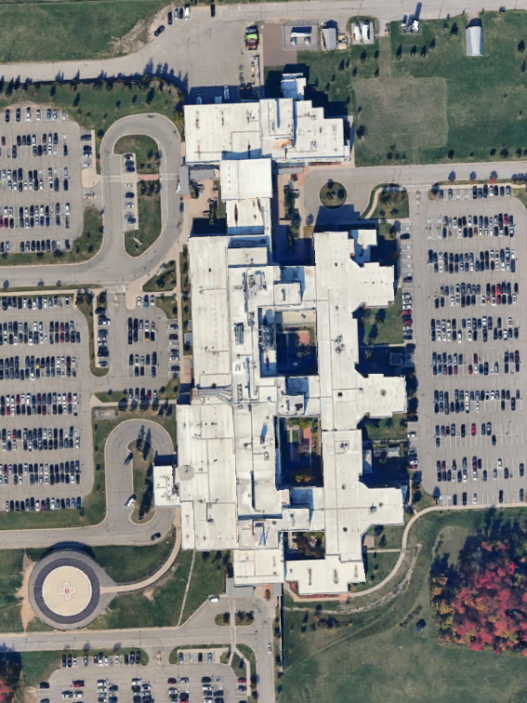In the heart of Toronto’s Queen West neighborhood, Toronto Western Hospital anchors a stretch of dense, diverse city blocks. It operates as part of the University Health Network, a system renowned for clinical excellence and academic leadership. While it shares institutional stature with Toronto General Hospital, Toronto Western faces distinct pressures shaped by its location, community needs, and physical limits.
The hospital’s emergency department is a concentrated reflection of urban healthcare challenges. It sees patients from luxury condominiums and shelters, from nearby retirement homes and community housing towers. On any given shift, the department treats acute neurological emergencies, substance use crises, and general medical complaints within the same crowded footprint. It serves as both regional referral hub and local safety net—a dual identity that creates constant tension.
Historical Roots, Expanding Roles
Founded in 1895, Toronto Western began as a small community hospital. Over time, it became a specialty center, particularly in neurology, orthopedics, and ophthalmology. Its emergency department evolved alongside this shift. It now handles both complex tertiary care cases and day-to-day community medical needs.
The physical structure has not always kept pace with this growth. Located in a compact, high-density neighborhood near Chinatown and Kensington Market, Toronto Western has limited space to expand. It must accommodate growing demand without the physical flexibility available to suburban or rural hospitals.
Community Complexity and Changing Demographics
Toronto Western’s immediate surroundings are marked by sharp contrasts. Gentrification has brought waves of new residents—young professionals, entrepreneurs, and artists—to Queen West. Simultaneously, longstanding communities, including aging immigrants, low-income families, and unhoused individuals, remain embedded in the area.
The emergency department serves this full spectrum. For some, it is the nearest access point to world-class neurology care. For others, it is the only door open to care at all. Many patients present with advanced or unmanaged conditions, having delayed treatment due to lack of access or trust in the system. For individuals without health insurance or permanent housing, the emergency department often substitutes for primary care.
Aging Populations and Chronic Disease
Downtown Toronto is aging. Many long-time residents of the surrounding area are now over 65, living with one or more chronic illnesses. Toronto Western is their default emergency provider. These older adults frequently present with complications from diabetes, cardiovascular disease, and osteoarthritis. Others come in with falls, urinary tract infections, or medication reactions.
Older patients require more time in emergency care. Their presentations are often non-specific—confusion, fatigue, low-grade fever—and require full workups, including blood tests, imaging, and sometimes consultations. Many need admission. But when hospital beds are full, they are kept in emergency longer, increasing boarding rates and blocking new patients from being seen.
The reality is that for seniors in this part of the city, there are few viable alternatives. Home care remains insufficient. Long-term care placement is slow. Walk-in clinics may not be equipped to handle complex conditions. The emergency department becomes not just a crisis intervention site but a place for monitoring and continuity.
Mental Health and Substance Use Patterns
Toronto Western’s emergency department also handles high volumes of mental health and addiction-related cases. The area has some of the city’s highest rates of overdose and substance use. Patients arrive in crisis—disoriented, distressed, or unconscious. Others come seeking withdrawal support or psychiatric care, sometimes multiple times in a week.
Resources are stretched. Psychiatric assessment units are often full, and community services may be out of reach. Police frequently bring patients without medical handover, adding complexity to triage. Staff must manage behavioral risk while maintaining clinical care standards.
The cumulative impact on morale and workflow is significant. Patients in crisis can be volatile or frightened. Staff must manage risk without escalating situations, a skill that requires experience and support.
Linguistic and Cultural Barriers
Toronto Western serves one of the most linguistically diverse patient populations in Canada. Interpretation services exist, but immediate access is not guaranteed. In emergencies, this can delay diagnosis or complicate consent.
Health literacy also varies widely. Patients may not fully understand symptoms, medication instructions, or hospital processes. This leads to repeat visits, misunderstandings, or hesitancy to follow treatment plans.
Cultural expectations around health and care further shape interactions. Staff must navigate not only medical histories, but also differing views on authority, pain, mental illness, and family roles. The challenge is not just medical, but relational.
Structural Determinants of Demand
Social and economic conditions directly shape emergency use at Toronto Western. Many patients live in unstable housing or on the street. Without secure shelter, managing chronic illness becomes difficult. Medications are lost or skipped. Nutrition is inconsistent. Hygiene is compromised.
Some patients seek out the emergency department as a respite—a warm place, a meal, a moment of safety. Others present with pain or complications that reflect the absence of preventive care. The emergency department often substitutes for multiple missing supports.
Food insecurity, low income, and precarious employment all increase health risks. These issues are not abstract—they appear daily in the form of infections, exacerbations, and untreated conditions. Staff increasingly engage in tasks that go beyond medical care: arranging shelter access, connecting patients with harm reduction services, or navigating immigration processes.
Boarding and Overflow
Boarding remains one of the emergency department’s most entrenched problems. Patients approved for admission often wait hours or days for an inpatient bed. During that time, they remain under emergency care, monitored by emergency staff.
This creates a cascading effect. Stretchers are unavailable. Nurses are overextended. New patients wait longer to be seen. The emergency department becomes congested not because of inefficiency, but because the rest of the system is backed up.
Toronto Western also receives patient overflow from other University Health Network hospitals. During peak times, it absorbs volume beyond its design, stretching capacity even further.
Workforce Capacity and Operational Stress
Staffing challenges mirror those seen across the province. Vacancies among emergency nurses are frequent. Recruitment and retention are difficult, given the workload and emotional strain. Physicians also face increasing complexity in clinical decision-making, documentation, and administrative demands.
Burnout is common. Nurses and physicians cite emotional exhaustion, compassion fatigue, and concerns about safety. Patients in mental health crisis may lash out verbally or physically. Security presence has increased, but this does not resolve the root causes of tension.
Staff absences reduce available care. Fewer nurses per shift means fewer patients can be treated safely. The remaining team must work faster, compounding stress and increasing the risk of errors.
Infrastructure and Workflow Constraints
Toronto Western’s emergency department, while modernized in parts, is constrained by its downtown footprint. Space is limited. Privacy is minimal. The waiting area often overflows. Hallways are used for stretchers. Ancillary services—like imaging and pharmacy—are physically distant, adding time to each patient encounter.
The hospital has implemented digital tools to improve patient tracking and triage efficiency. But technology cannot replace physical capacity. When every stretcher is full, the software cannot create more space.
There are long-term plans for expansion and renovation. But these plans require provincial funding and years of coordination. In the meantime, staff work with what they have.
Provincial Dynamics and Policy Gaps
Toronto Western’s experience reflects broader provincial patterns. Emergency departments across Ontario face rising volumes, workforce shortages, and insufficient discharge options. Community programs have expanded, but their reach remains inconsistent.
Provincial initiatives like Ontario Health Teams and virtual urgent care services show potential. Yet for the most marginalized patients, access barriers—including technology, literacy, and trust—persist.
Hospitals like Toronto Western carry a dual burden: addressing clinical complexity while absorbing social system gaps. Without upstream investment, emergency departments become the fallback for every service not available elsewhere.
Innovations and Interventions
Despite the pressures, Toronto Western continues to innovate. The hospital has embedded social workers, created pathways for high-frequency users, and partnered with community health agencies. It has also trained staff in trauma-informed care, de-escalation techniques, and cultural sensitivity.
Its affiliation with UHN enables pilot programs in digital triage, interprofessional collaboration, and care transitions. Research into virtual follow-up and predictive modeling for emergency volumes is underway.
But these innovations, while essential, are not silver bullets. They help manage symptoms. They do not cure the disease.
Conclusion
Toronto Western Hospital’s emergency department is more than a busy downtown clinic. It is a pressure valve for multiple systems—housing, mental health, chronic disease, and primary care. It absorbs the failures and gaps of institutions upstream and down. And still, it functions.
Staff continue to show up. Patients continue to wait. Stretchers remain full. The stories of those who walk through the doors are complex and often painful. But they are also reminders of why emergency care matters—not just as a place of last resort, but as a place of first contact, safety, and healing.
If the emergency department at Toronto Western is strained, it is because it is working. But working isn’t enough. What’s needed is a shift in how we structure care—so that emergency rooms are not left to do the job of the entire system.
Until then, the department will keep stretching. But the margin for error is vanishing. And the weight of the city is heavy.








